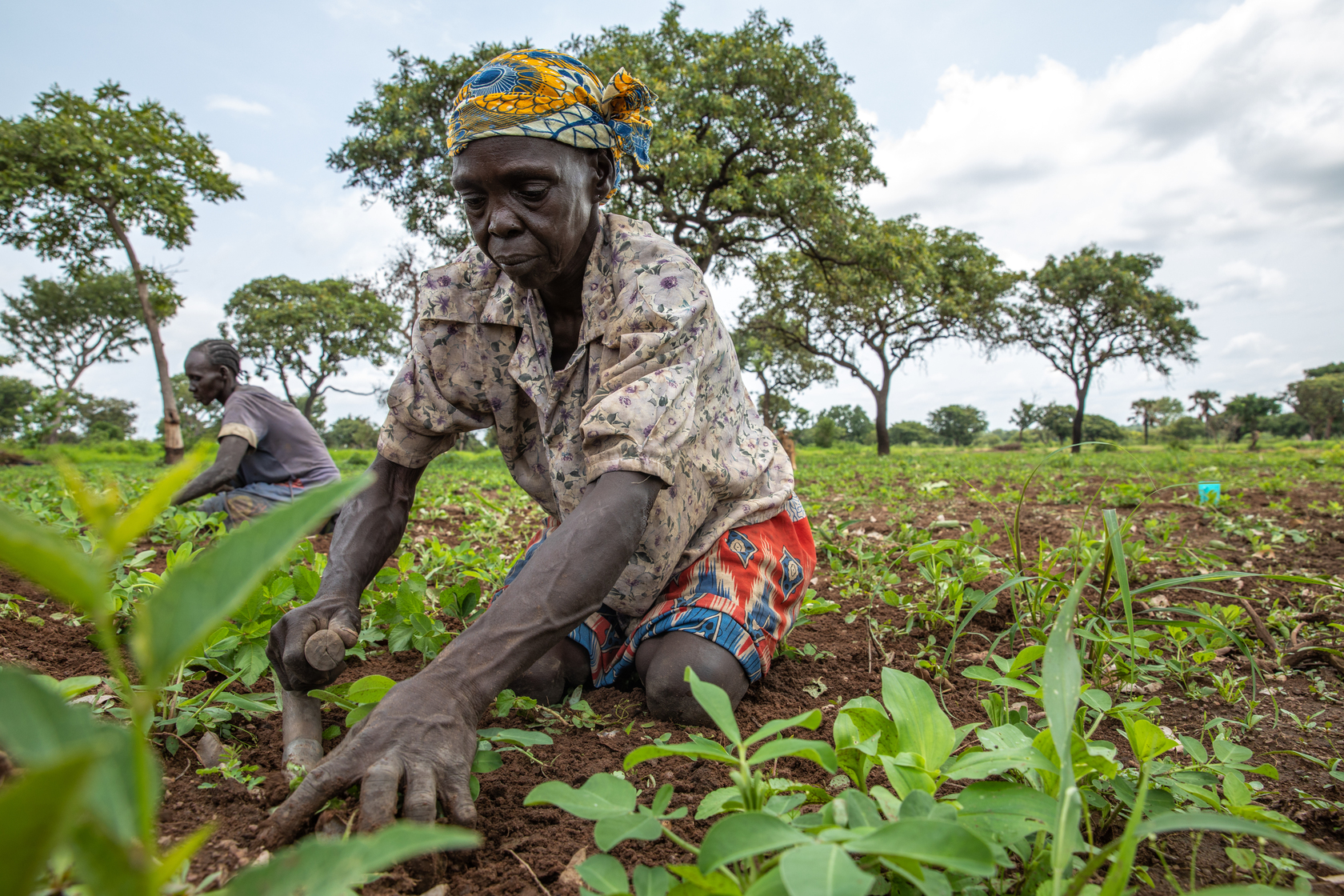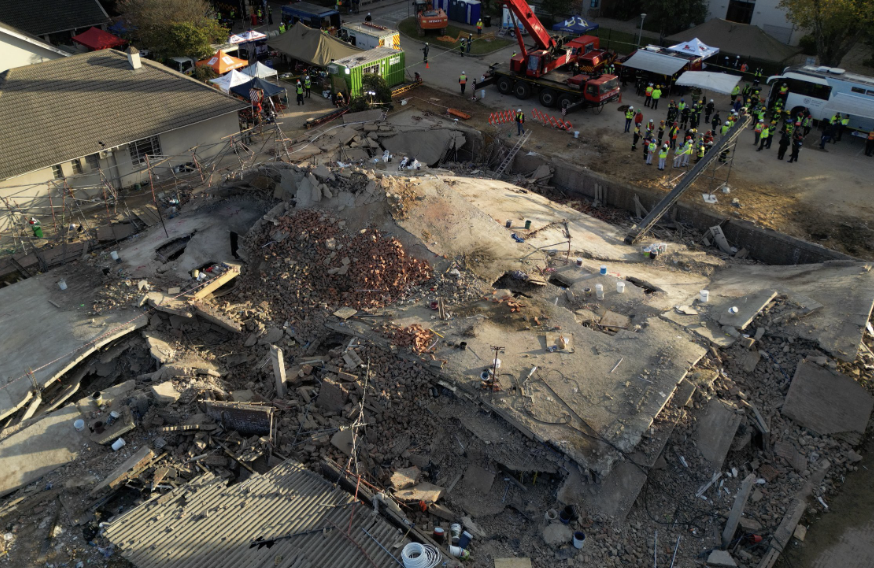World Bank approves $150 mln to boost secondary education in rural Uganda

The World Bank has approved a 150 million US dollar project aimed at boosting secondary education in rural Uganda.
The international lender in a statement issued here on Friday said 2.5 million learners will directly benefit from the Uganda Secondary Education Expansion Project.
A total of 116 new lower secondary schools will be constructed and 61 schools will benefit from additional classrooms in under-served districts in the country, creating 70,300 new spaces for learners, including 30,000 in areas hosting refugees.
The project, according to the statement, will provide textbooks and teacher guides, support continuous teacher professional development and implement an accelerated education program for children who are not currently attending school.
“Uganda needs to expand access to secondary education to enhance its human capital. This is essential if Uganda is to improve the future well-being of its citizens while also enable the economy to grow through their increased productivity,” said Tony Thompson, World Bank Country Manager for Uganda.
“This project aims to provide new school spaces while at the same time creating a conducive learning environment which is safe, promotes students’ personal growth and self-esteem, and increases retention for both boys and girls,” he said, according to the statement.
The bank said while Uganda is a pioneer in sub-Saharan Africa in implementing policies to achieve universal access to primary and secondary education, funding to the sector is among the lowest in the region.
During the last five years, education expenditure as a share of the national budget declined to 10 percent in 2019/20 while the average for sub-Saharan Africa is 16 percent and has been steadily increasing over the same period.
While Uganda’s enrollment at the Universal Secondary Education level has increased at an average of 6 percent annually, the rate of growth remains low compared to 25 percent in Kenya and 16 percent in Rwanda.






